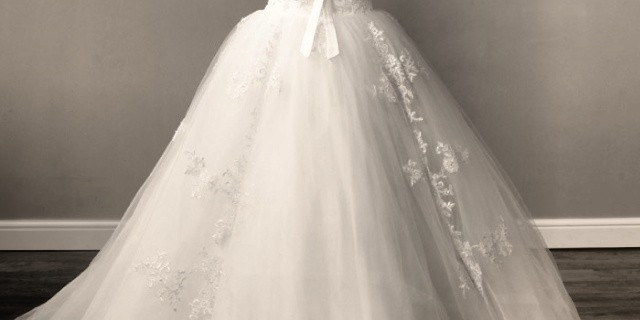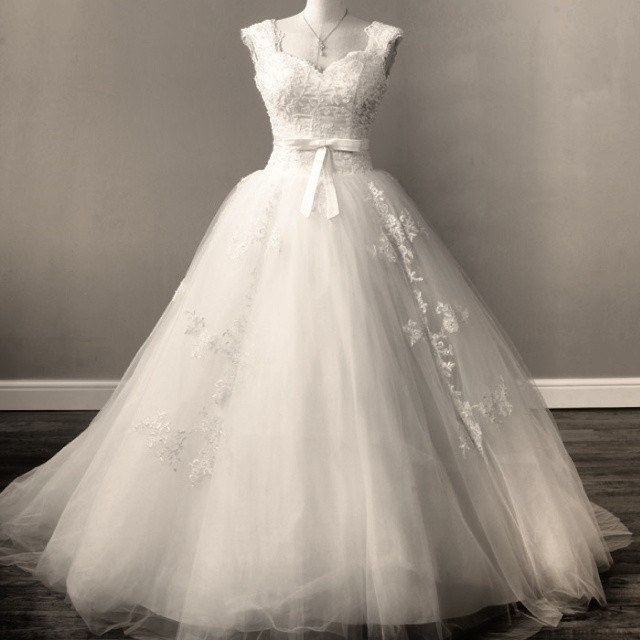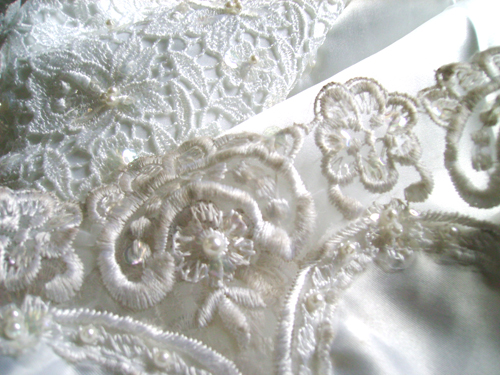The Necessity of Spectral Analysis in Lace Manufacturing
Today’s textile industry benefits immensely from sophisticated spectrophotometers that judge minute measurements of color without destruction of the sample—whether it’s in the lab or in the field. Some models are even portable, which allow for checking and rechecking a color’s composition no matter where the fabric might be or which light source may be tricking your eye.
When producing lace on a global scale, especially using handmade samples, you must be able to maintain color standards with confidence. Many of the most delicate lace samples are created abroad and shipped to the United States from Italy, Ireland, and East Asia. Manufacturers must be able to guarantee identical color saturation in their samples, regardless of which location produced the lace. Sophisticated tools such as spectrophotometers help ease this process.
Accurately Measuring the Color Saturation of Lace
Lace, netting, and other translucent samples present an interesting challenge when using a spectral analysis instrument. Due to the light that passes through the fabric and escapes the measuring instrument, it will be necessary to fold the fabric into layers to measure a correct sample average. Advanced spectrophotometers assess light absorption and reflection levels from multiple angles at one reading, which prevents discrepancies in measurement due to slight flaws inherent in handmade samples.
Using a sample clip or backing to hold the sample in place before the reflectance device is crucial to an accurate reading. The opaque background of the sample clip ensures a consistent measurement regardless of which section of the lace you select.
When analyzing the color saturation of non-uniform samples, it is also important to take multiple readings across various areas of the fabric. This process is especially necessary with samples which, like lace, involve a highly complex weaving of fibers. Taking multiple measurements using different sections of a fabric ensures a consistent average reading.
Spectrophotometers accurately and easily analyze the color of lace where the naked eye cannot, assuring quality in every yard.
Superior Spectral Analysis Instrumentation
Advances in spectrophotometric technology have led to increased ease in quality control within the textile industry. Lace manufacturers can now confidently advertise samples across a wide variety of precisely defined colors on a global scale, regardless of where the lace was created.
Offering portable, bench, and online spectrophotometer models, HunterLab is the leader in advanced color analysis instrumentation. Contact us to learn more about HunterLab’s expertise in the textile industry.





